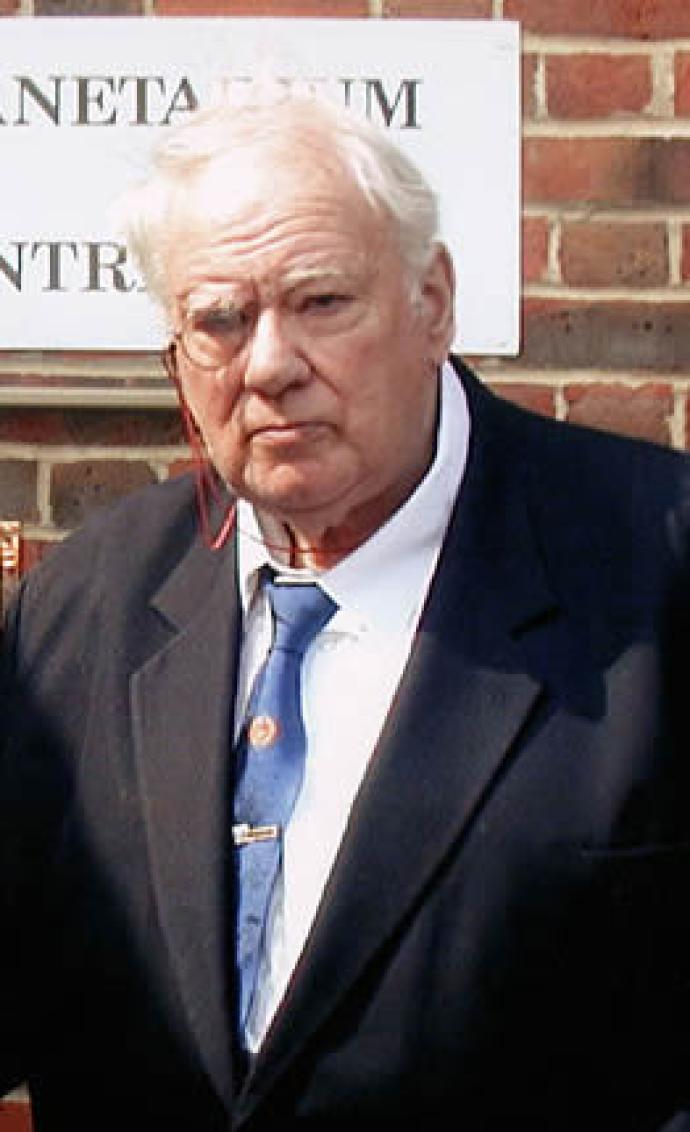Stars
Stars are massive, glowing balls of extremely hot gas (called plasma) in space. The Sun is our closest star.

Distance
Measuring distances in astronomy is difficult but crucial. We need to know how far away objects are to look at the differences between them. Two objects can look different but be very similar, with one further away than the other. This can make them challenging to study.
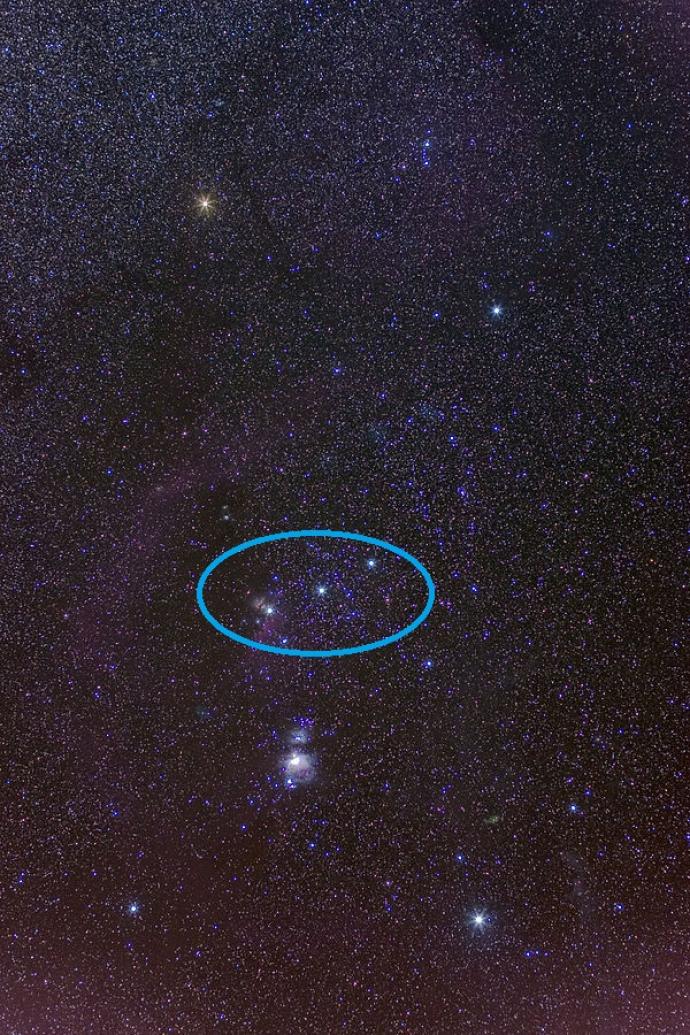
Brightness
Light is the main signal we receive from space. Almost everything we know about space has been found by measuring light.
One of the main ways to measure light is to look at the brightness. Measuring the brightness of something in space isn't as easy as you'd think though.

Angles
Astronomers use angles a lot to work out where things are in the sky. We can measure the size of an object in the sky and mark its position by using angles.
If we know how much of the sky an object covers (as an angle) and how far away it is - we can work out its actual size.
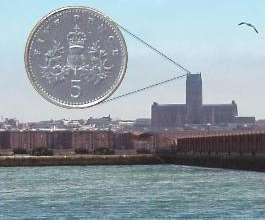
Understanding our Universe
The universe has always amazed people. Over time, our understanding of stars and galaxies has changed a lot.
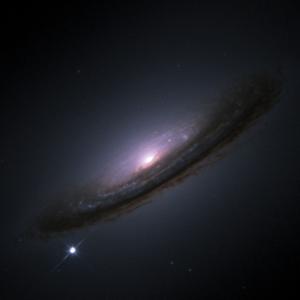
Understanding the Solar System
After the invention of the telescope, everything changed for astronomers. They were now able to see many more objects in the night sky. These faint objects were either small, or far away, or both!

William Herschel
Occupation
Astronomer & Musician
Year born
1738
Research Areas
Astronomy, Spectroscopy
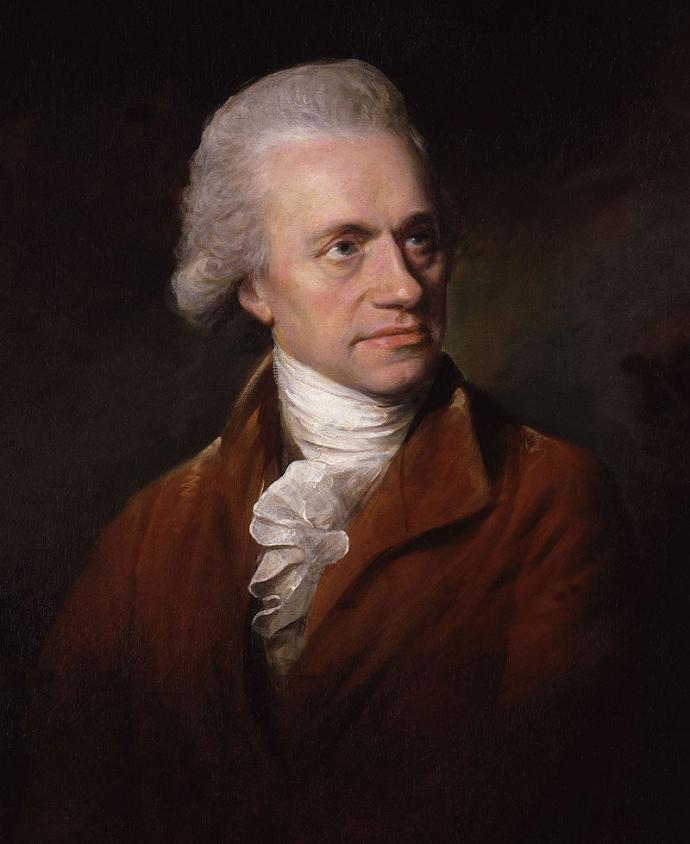
Tycho Brahe
Occupation
Astronomer
Year born
1546
Research Areas
Astronomy, Supernovae, Mechanics

Isaac Newton
Occupation
Mathematician, Astronomer, and Physicist
Year born
1643
Research Areas
Optics, maths, motion, gravity
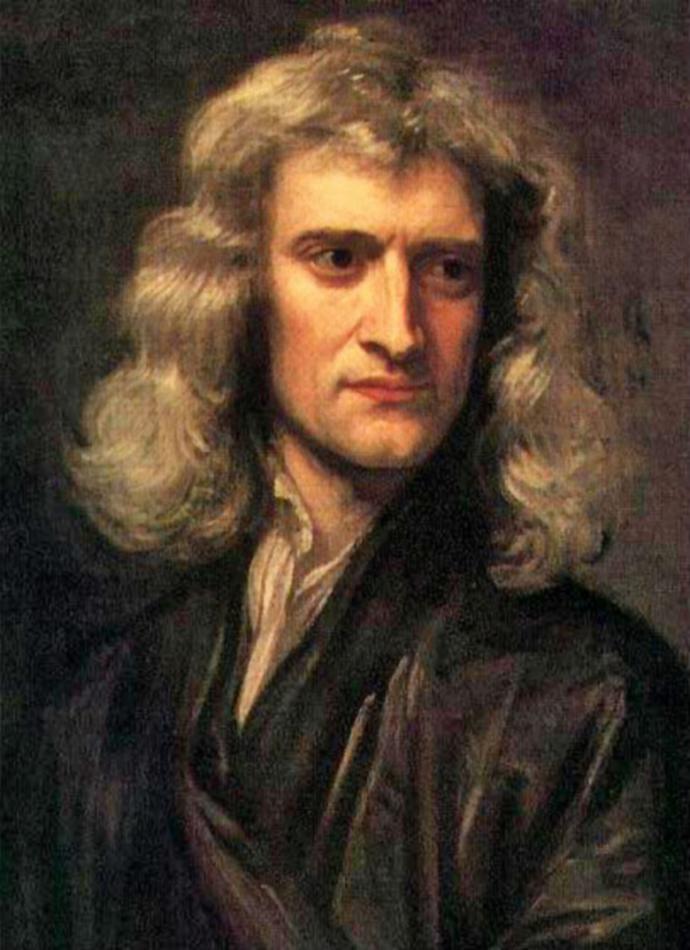
Patrick Moore
Occupation
Astronomer, Writer, Broadcaster
Year born
1923
Research Areas
he Moon, the Planets, Star Catalogues
